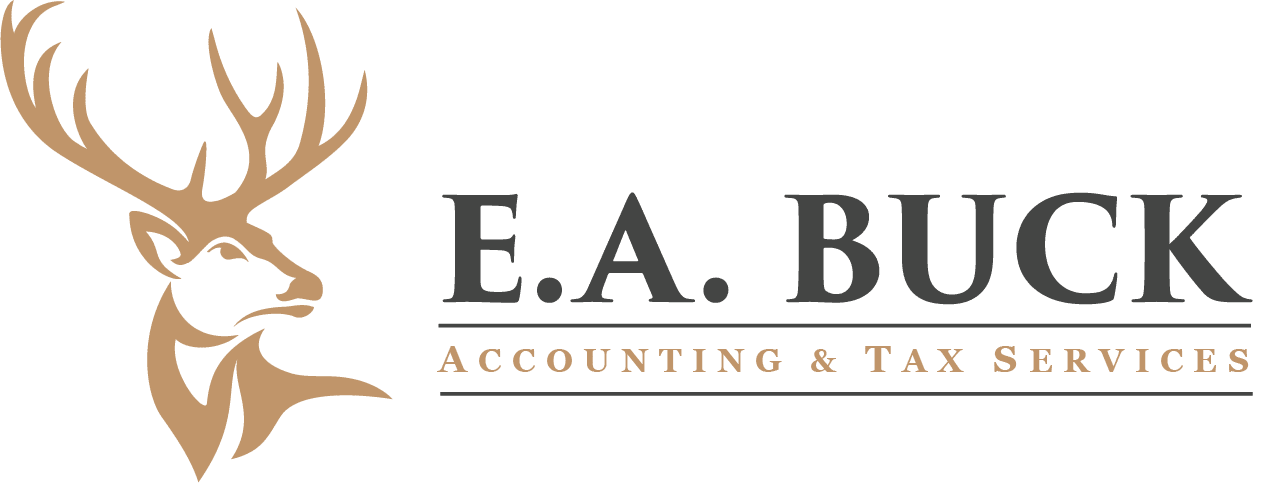When it comes to bookkeeping and making sound money decisions for your business, the balance sheet is one of the most important reports you will need to understand. What is a balance sheet? It is a financial report that provides a snapshot of a company’s overall financial condition. This report summarizes a company’s assets, liabilities and equity. By understanding the benefits of this report, business owners can make more informed money decisions that will benefit their business in the long run!
What is a balance sheet and what does it tell us about a company or individual’s financial health
A balance sheet is a financial report that provides information about a company or individual’s assets, liabilities and equity. Assets are items of value such as cash, accounts receivable, inventory, investments and property owned by the company. Liabilities are amounts owed to creditors, including loans and accounts payable. Equity represents the owner’s stake in the business.
The balance sheet provides a snapshot of the financial health of the business at a given time. It reveals whether the company is carrying too much debt or has sufficient assets to meet its obligations. It can also be used to identify any potential issues with cash flow, such as an excessive amount of accounts receivable or a low amount of cash.
What types of balance sheets are there?
The most common type of balance sheet is the classified balance sheet. This is a financial statement that lists each asset and liability account separately, with subcategories that further define each one. For example, current assets may be divided into cash and accounts receivable, while long-term liabilities can be broken down into mortgages and loans.
Another type of balance sheet is the comparative balance sheet. This report compares a company’s financial position at two different points in time, such as the previous year or month. It highlights any changes that have occurred and gives business owners an idea of how their finances are progressing.
Vertical and horizontal balance sheets are also popular options for financial reporting. The vertical balance sheet lists the company’s assets and liabilities side by side, while the horizontal balance sheet shows how each asset or liability has changed over a designated period of time.
The three main sections of a balance sheet – assets, liabilities, and equity
Assets
Assets are everything of value owned by the company, including cash, investments, accounts receivable and inventory. Cash is the most important asset on a balance sheet and it includes cash, checking accounts and savings accounts. Accounts receivable are amounts due from customers for goods or services rendered. Inventory consists of items purchased for resale to customers, such as raw materials and finished products.
Liabilities
Liabilities represent what the company owes others, including short-term debts such as accounts payable, the current portion of long-term debt and operating lease liabilities. Long-term liabilities consist of long-term loans and leases, deferred tax liabilities and other obligations.
Equity
The equity section represents the amount of money that is left after subtracting total liabilities from total assets. This includes retained earnings, which is the net income that has been earned and reinvested in the business over time.
The balance sheet reveals a company’s overall financial health, so it is important for business owners to understand how to use this report. By keeping track of their assets and liabilities, they can ensure that their finances are on track and make informed decisions.
How to read and interpret a balance sheet
When reading a balance sheet, it is important to look for trends over time. Compare the current statement to previous ones and note any changes in assets or liabilities. This can provide insight into how well the company is managing its finances, such as if it has taken out additional debt or seen an increase in its accounts receivable.
It is also important to look for any red flags, such as an excessive amount of long-term debt or a low amount of cash. Additionally, the balance sheet should be compared to industry averages and competitors to ensure that the company is keeping up with its peers.
The importance of keeping your finances in order with regular balance sheet reviews
By understanding the different types of balance sheets and how to read them, business owners can ensure that their finances are in good order and identify any potential issues before they become a problem. Regular balance sheet reviews can also provide valuable insight into the company’s financial position, helping business owners make more informed decisions about their finances. Additionally, proper financial management is essential for tax planning and staying compliant with government regulations. Keeping an accurate balance sheet is key to maintaining a healthy financial picture and achieving long-term success.
If you need professional help for accounting or bookkeeping services, E.A. Buck Accounting & Tax Services has you covered! With an entire team dedicated to providing timely and accurate service, we can help ensure your business finances get organized and stay in order. Contact us today to learn more or schedule a free consultation!
You can learn more about bookkeeping by visiting; https://eabucktaxes.com/honolulu-bookkeeping/
E.A. Buck Accounting & Tax Services,
55 Merchant St. #2100 Honolulu, HI 96813
Find us on Social Media
https://www.facebook.com/eabucktaxes/
https://www.linkedin.com/company/e-a-buck-accounting-tax-services/

